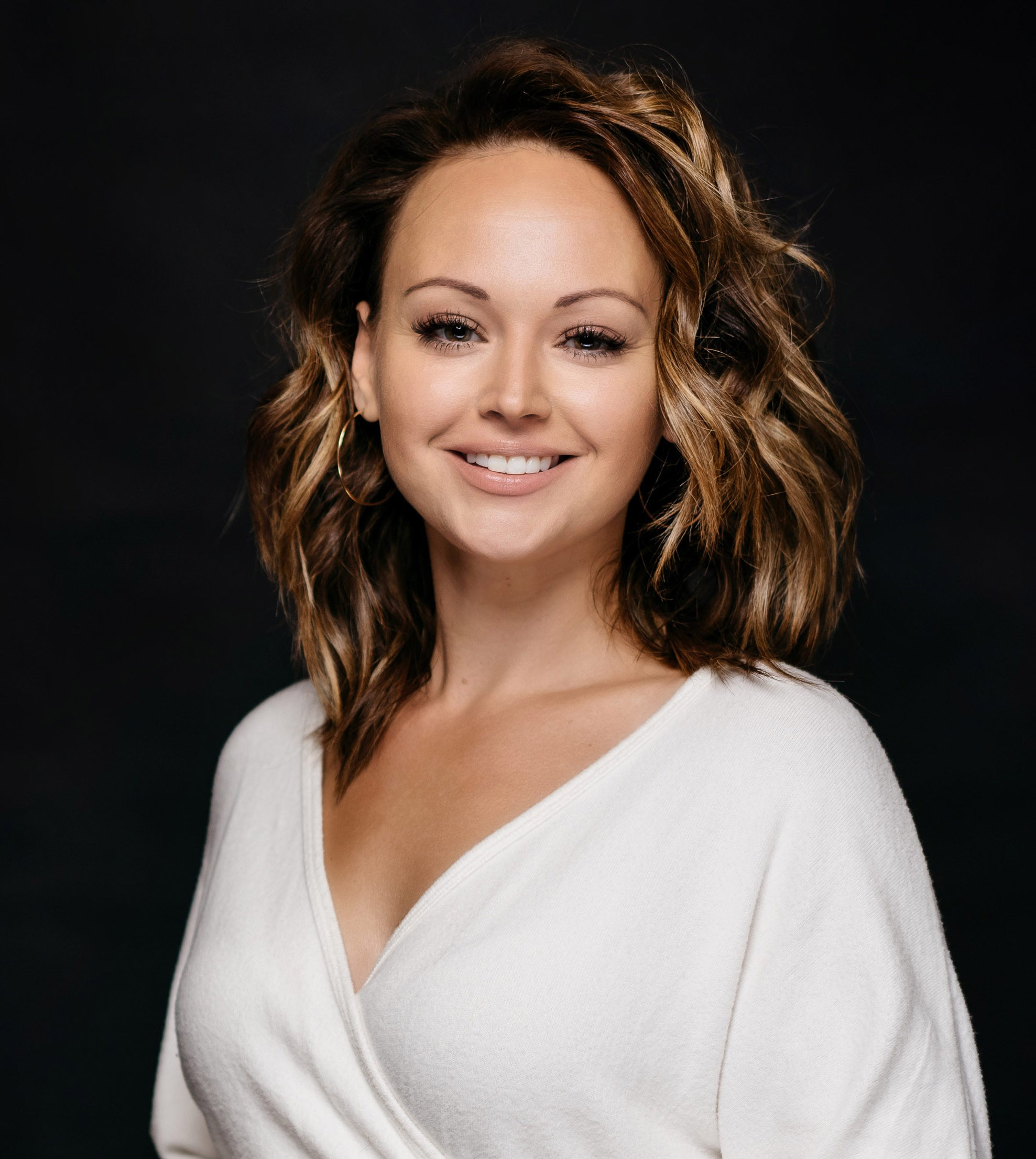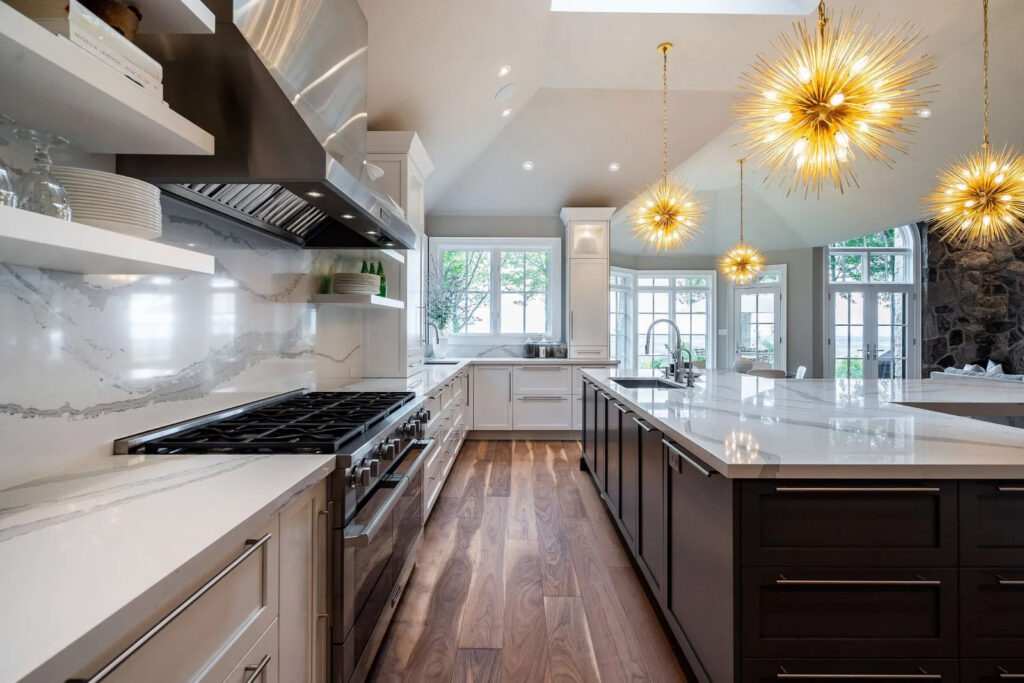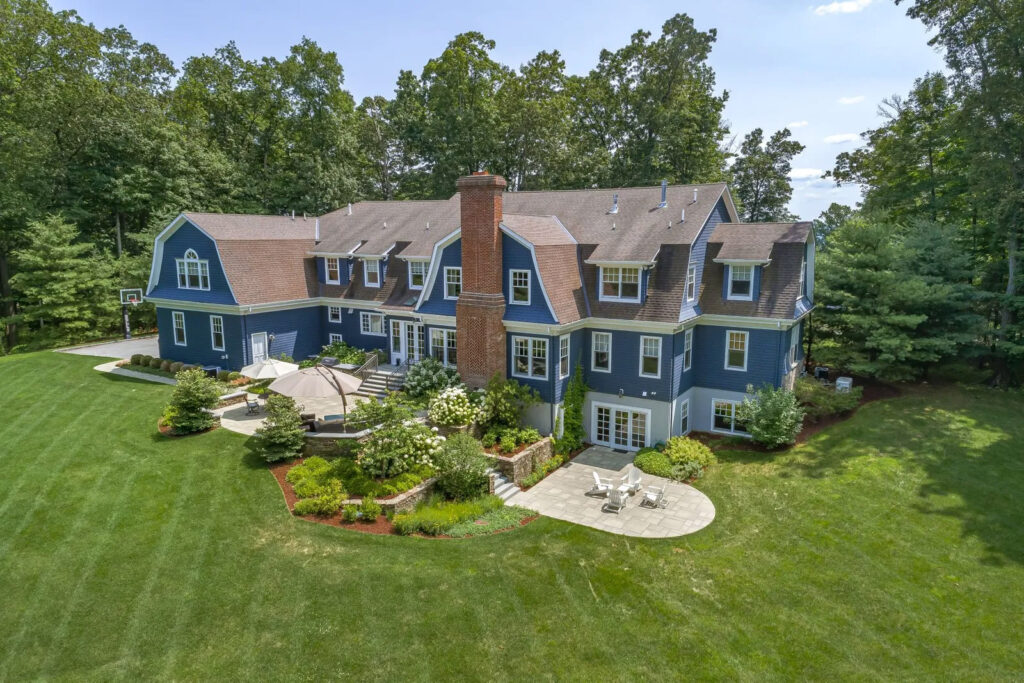Now more than ever, virtual home tours are an invaluable asset for agents looking to educate and inspire their buyers. Whether filmed live or pre-recorded, video tours need to be high-quality and captivating in order for the property itself to shine through. Engaging buyers at a distance is an art form.
But without practice, these tours can be tricky to execute smoothly, even for seasoned agents. Here are some common mistakes to avoid when designing a virtual home tour, in order to maximize your success.
1. Upstaging the home
Blake Morar
Ultimately, the property should be the star of the tour, not the agent. While it can be tempting to explain every detail and be included in every shot, it’s the home that should be in the spotlight and often it can speak for itself.
“I have seen agents turn the focus on themselves versus the property,” says Blake Morar, Owner Broker at Scenic Sotheby’s International Realty on Florida’s Emerald Coast. “Make your introduction as brief as possible, whereby you introduce yourself and the property and start filming.”
2. Speaking blunders
Joanna Sweet
Commentary is necessary as a tour moves through the property, but on top of being professional, agents should strive to be articulate and succinct. “Agents run the risk of using the same words over and over, and it waters down the description and their credibility as the agent and presenter,” notes Morar. To land the perfect talk track, agents should rehearse their key points in advance in order to avoid repetition and cut down on verbal stumbles.
3. Distracting technical difficultiesTechnical difficulties can feel inevitable when shooting videos, but preparing as much as possible for all scenarios helps tours run smoothly. Issues such as poor video quality, lack of sound, or a shaky camera can distract viewers and detract from the entire tour. “It is a very fine line and you have a short window to capture the attention of the audience you’re after,” explains Joanna Sweet, Sales Representative with Sotheby’s International Realty Canada.
“Technical difficulties, like losing battery power on my phone or the gimbal, are some of my biggest fears when walking through a home with an audience watching virtually,” says Annie Ferrante, Sales Associate with Kienlen Lattmann Sotheby’s International Realty in New Jersey. To fend off malfunctions, charge all equipment in advance, and always pack a backup.
The best way for agents to create high-quality content? Hire a professional videographer for virtual tours. “In my opinion, poorly constructed videos lose your audience almost instantly,” says Sweet. “We are professionals in selling homes, so hire someone who is a professional in showcasing them!”
4. Not prepping the property
Sotheby’s International Realty Canada
There are also logistical difficulties agents can minimize by preparing for virtual tours beforehand with practice runs. Make sure doors are unlocked if touring both indoors and out, double-check that rooms are in shape for showing, and map out the route the tour will take through the property. “Know the sequence of where you are going and get familiar with the space and the home’s features,” Morar advises.
“If you are working with an assistant, you need to make sure that the camera is facing the section of the room you are highlighting, so do a practice run beforehand,” notes Ferrante. Otherwise, you’ll be mentioning the beautiful coffered ceilings while he or she is filming the fireplace.
5. Showing cluttered areas
Annie Ferrante
Run-throughs not only allow you to perfect your tour—they can help determine if there are areas in the home that perhaps should be avoided, especially when tours are live. “I try to avoid messy corners of kids’ rooms and don’t open closet doors if I know they are full of coats or cluttered,” says Ferrante. Ensure you’re showing a home at its best by bypassing any sections that are less than camera-ready.
6. Capturing background noisePreparing for virtual tours, especially live ones, means ensuring there’s no interfering background noise to detract from the experience or compete with commentary during the tour. “Avoid annoying noise such as leaf blowers and anything else that might be distracting to the viewer,” says Morar. He notes this includes background music that can be distracting to those watching.
7. Forgetting the weather
Kienlen Lattmann Sotheby’s International Realty
Lighting makes all the difference when capturing video, so make sure to choose the best time of day for each property. Touring a home when the sun is shining can make all the difference — it can draw attention to property highlights like windows and outdoor spaces. Filming when it’s raining may not have the same impact.
As well, if a home’s view is a huge selling feature, adjust your schedule to include it. “For a property with an exceptional view, we avoid overcast days or rain,” says Sweet. “We may also return to shoot night shots to showcase the view in both night and day, allowing the observer to see the home in many ways.”
8. Leaving out creativityWhile the technical details and professional execution of a virtual tour are important, one thing agents don’t need to edit out is creativity. “In the case where the home isn’t especially sexy, I’m sure to tell a story,” says Morar. “If I have my drone with me I like to get some aerial perspectives and edit them in. I want the viewer to be able to appreciate the fit and finish of the home.”
“Add your personality to the event,” advises Ferrante. “During a recent virtual open house at a beautiful home with a walk-in pantry, I added that I was sure The Home Edit would love to work their magic in here! It can get very redundant going from room to room, so add a personal touch to keep watchers engaged.”
Virtual home tours can be incredibly effective when executed successfully: a great tour highlights a home’s unique features without surfacing any of its flaws, letting buyers engage from the comfort of their own homes. By avoiding common mistakes, agents will be well on their way to mastering their own virtual home tours.
Source: click here
















